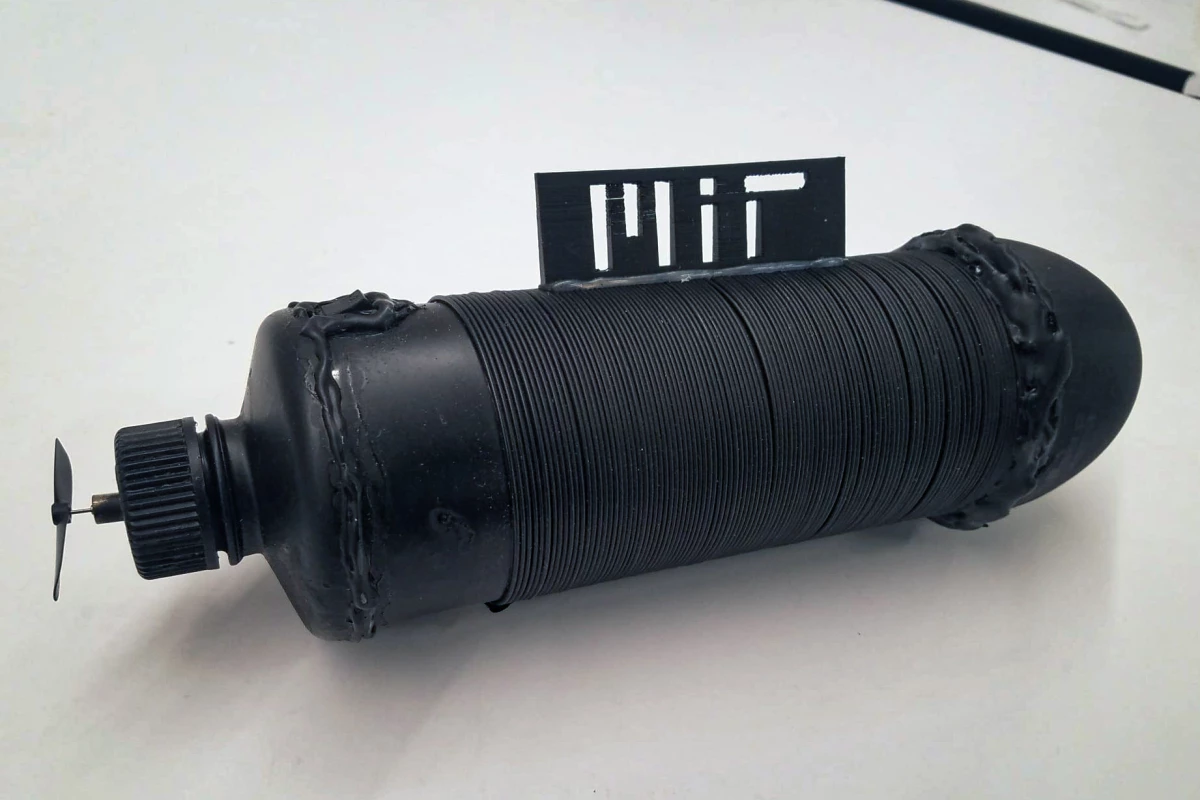Energy storage devices that bend, flex and can be worked into fabrics could have a big part to play in the future of wearable electronics, and MIT engineers have just produced one with some unique properties. The rechargeable lithium-ion battery is only a few hundred microns thick but 140 meters (460 ft) long, and could be integrated into ordinary clothing, and be produced at lengths far greater than that.
Batteries fashioned into weavable fibers is something we've seen before, with one example back in 2014 formed through composite yarns that could theoretically be integrated into any textile to act as a power source. We've also seen other types of flexible batteries that actually resemble fabrics themselves, and could even power wearables by drawing on bacterial cells in the user's sweat.
The MIT scientists approached the problem through the use of a standard fiber-drawing system for generating fibers, in which all the necessary components are placed in a large cylinder and heated to just below melting point. The materials are then pushed through a narrow opening which compresses them to a fraction of their original diameter, while maintaining the desired arrangement.
What separates this design from previous efforts in this space, according to the team, is that the key materials such as lithium are structured on the inside of the fiber, with a protective coating placed on the outside. It also incorporates novel gel electrodes and a gel electrolyte, which makes the battery fire-resistant.

“When we embed the active materials inside the fiber, that means sensitive battery components already have a good sealing,” says study author Tural Khudiyev. “and all the active materials are very well-integrated, so they don’t change their position" (during the drawing process).
The resulting battery is claimed to be far thinner and more flexible than previous designs, and cut to a length of 140 meters is the longest flexible, fiber battery in the world, offering a storage capacity of 123 mAh. The team demonstrated its potential in a number of ways, wrapping the fiber battery around the body of a toy submarine to provide it with power, and also using it to power a Li-Fi system, in which pulses of light are used to transmit data.

While the 140-meter length is impressive, "there’s no obvious upper limit to the length, we could definitely do a kilometer-scale length,” says Khudiyev. The fiber battery is machine washable, and unlike others can be fitted with multiple devices along its length.
“The beauty of our approach is that we can embed multiple devices in an individual fiber," says study author Jung Tae Lee. “Unlike other approaches which need integration of multiple fiber devices. When we integrate these fibers containing multi-devices, the aggregate will advance the realization of a compact fabric computer.”
The scientists are continuing to experiment with the design, investigating how other materials might improve the battery's efficiency and power capacity. They've also applied for a patent for the technology, and imagine it could make its way into commercial products "within a few years."
Source: MIT




